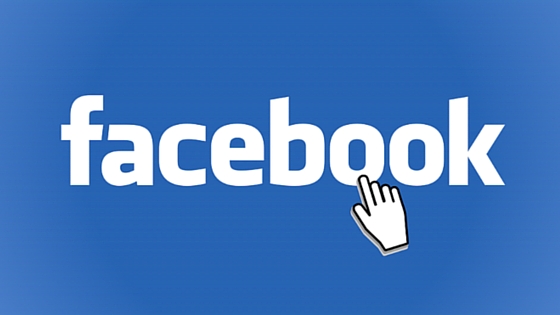Digital marketers are all too familiar with Facebook advertising. As of late, the platform has turned into a pay-to-play game, and it’s not going anywhere anytime soon.

While Facebook ads have evolved in recent years, one thing has remained constant. Marketers are continuing to search for ways to get better results with less money.
When you’re thinking about ways to stretch your ad budget on Facebook, are you considering how your audience interacts with social media on a day-to-day basis? Analyzing your audience’s human behavior is key to understanding the best way to get more bang for your buck when it comes to advertising on social media.
1. Run ads on a schedule
Are you delivering your ads during a time of day when your core audience is at work? If you’re letting your ads run all day, you could be spending all of your daily budget before noon, and your audience isn’t even able to engage with your content in the evening when they are most likely to be using their device leisurely.

Analyze your audience and their daily habits. If you’re targeting stay at home moms, you might find that it’s best to target them between 2 and 4pm when they are sitting in the car line waiting to pick up their kids from school. If you’re amplifying blog content, you’ll get better results if you serve an ad between 7 and 10pm because people have time to consumer longer content in the evenings. By scheduling your ads based on your audience’s habits, you’re able to ensure that your content is being served during the most engaging time of day, getting more results at a cheaper cost.
2. Test your placement
Where your ads show up in the feed can dictate your cost per result, especially when you couple placement with an ad schedule based on human behavior. Are you placing an ad featuring your latest blog post on desktop during the evenings, even though your audience is likely consuming content on their mobile devices at that time?
In our own campaigns, we’ve noticed that if you’re targeting the typical 9-5er, people are likely accessing Facebook from a desktop computer during the day and engaging with content on their mobile devices after work hours.
People are increasingly accessing social media from their mobile devices, and the cost of mobile Facebook ads show it. More and more brands are beginning to implement mobile only ad campaigns, and the competition for space in the feed is increasing, driving the cost per result up. (Hey, that painful economics class did actually pay off.)
Facebook’s algorithm also naturally serves ads on a mobile device. If you’re A/B testing placement, it’s a good idea to have one ad set for desktop placement and another ad set for mobile placement so that the algorithm doesn’t skew your results.
3. A/B test your campaigns
Before you blow your entire ad budget, it’s wise to A/B test your ad creative so ensure that you amplify the best-performing piece of content. Set a test budget at the beginning of each campaign, then make necessary iterations based on the results of you A/B test. By doing so, you tremendously stretch your ad budget to get more results. You can A/B test anything from imagery, video, CTAs, and captions to placement, schedule, audience, and anything in between.
It’s important to only A/B test one variable at a time so you’re sure exactly why one ad worked better than the other. Once you’ve found the perfect ad combination, amplify with a larger budget.

We A/B test daily, and the results of testing have greatly impacted how we approach ads on Facebook. 9 out of 10 times, what we thought would work the best actually performs the worst. Check out this blog on how we tested changing the color of an infographic used in an ad campaign.
4. Change your campaign objective
Facebook campaign objectives range from post engagements and app downloads to website clicks. Oftentimes, a piece of content could fall under a variety of campaign objectives, but marketers put the content under the most obvious one. For example, if you want to sell a product with your ad, you’re probably going to optimize for conversions.
Your campaign objective essentially chooses what type of result you’re going to pay for. By choosing conversions, you’re paying for conversions. By choosing post engagements, you’re paying for post likes, comments, and shares. But have you ever tried choosing a campaign objective that’s different from your goal?
For example, let’s say that the goal of your campaign is to get more website clicks to your blog. The obvious choice would be to choose website clicks as your campaign objective. Instead of choosing the low hanging fruit, think outside of the box. Choose post engagements as your campaign objective instead to see how our total ad spend compares to the number of clicks to your blog. You might find that spending $50 on post engagements actually yields more website clicks than if you actually paid for website clicks.
The good news for you? Unlike other traditional marketing methods (hello, TV commercials and billboards), you can stop an ad on social immediately if you aren’t happy with the results. The immediacy of advertising on Facebook make it an extremely agile marketing method, giving digital marketers the ability to make iterations to a campaign at any time to improve the results.
Need help figuring out how to stretch your ad spend for your next campaign? Let us help you get started!

